How to Use an Electric Car
Part 1 of 3:
Charging an Electric Car
-
 Locate your car's charging port. The electrical charging port may be in one of several places, depending on the model. On many vehicles, it can be found on the rear left or right panel where the gas tank would ordinarily be. Other cars have their ports situated just in front of the driver's side door or built into the hood.[1]
Locate your car's charging port. The electrical charging port may be in one of several places, depending on the model. On many vehicles, it can be found on the rear left or right panel where the gas tank would ordinarily be. Other cars have their ports situated just in front of the driver's side door or built into the hood.[1]- It's important to know where your car's charging port is (and how to access it) before you get out on the road.
- If you're not sure where to find the charging port on a particular model, flip through the owner's manual that came with the vehicle.
-
 Unlock the charging port. You can usually gain access to the charging port by pressing a button or pulling a small lever on the center console. The charging port release might also be found on the dash or driver's side door panel, in some models.
Unlock the charging port. You can usually gain access to the charging port by pressing a button or pulling a small lever on the center console. The charging port release might also be found on the dash or driver's side door panel, in some models.- Don't forget to close the port once again when you're done charging your vehicle. It should lock itself automatically.
-
 Plug the charging cord into the port. Once you've opened up the charging port, you should see a faceplate with 3 regularly-spaced holes in the center. Insert the prongs of the charging cord into the holes to begin giving your car some juice.[2]
Plug the charging cord into the port. Once you've opened up the charging port, you should see a faceplate with 3 regularly-spaced holes in the center. Insert the prongs of the charging cord into the holes to begin giving your car some juice.[2]- Exact charging times will vary depending on the current level of your vehicle's battery and the charging level you're using. Charging levels (usually denominated into Level 1, Level 2, and "fast charging") refer the the amount of voltage being directed into the battery.[3]
- It takes roughly 7-8 hours of charging to take a battery from empty to full with Level 1 charging. With Level 2 charging, charging times drop to about 4 hours, while fast charging can take as little as 30 minutes.[4]
- You'll know your car's battery is finished charging when the battery indicator on the dashboard display is full.
-
 Charge your electric car at home or on the go. If you decide to purchase your own electric car, you'll be able to take advantage of Level 1 (120v AC current) or Level 2 (240v AC) charging by plugging your car up to a nearby wall outlet. Most public charging stations make fast charging (DC current, about 500v) available so drivers can get back on the road in less time.[5]
Charge your electric car at home or on the go. If you decide to purchase your own electric car, you'll be able to take advantage of Level 1 (120v AC current) or Level 2 (240v AC) charging by plugging your car up to a nearby wall outlet. Most public charging stations make fast charging (DC current, about 500v) available so drivers can get back on the road in less time.[5]- The length of your daily commute, access to outlets in your usual parking area, and availability of public charging stations are all important factors to consider when deciding which model of electric car is right for you.[6]
- Use sites like PlugShare[7] and ChargeHub[8] to locate a charging station in the immediate vicinity anytime you're away from home.
Part 2 of 3:
Operating an Electric Car
-
 Push the 'Start' button to turn on the car. With your foot on the brake, simply press in the 'Start' button located beside the steering column. The central display screen will light up, and you may hear a faint whirring sound as the engine comes to life.[9]
Push the 'Start' button to turn on the car. With your foot on the brake, simply press in the 'Start' button located beside the steering column. The central display screen will light up, and you may hear a faint whirring sound as the engine comes to life.[9]- Your vehicle may not start successfully if the battery is below a certain level. The minimum battery level needed to start the car will vary depending on the exact model and battery type.
- You'll turn off the car the same way once you've reached your destination.
- Make sure the parking brake is disengaged before you put the car in motion.
-
 Familiarize yourself with the various drive settings. While most electric cars operate on a single speed, they often feature other settings designed to give you more control over your driving experience. These include sport modes for sustained acceleration and different speed-limiting and braking functions that help conserve battery life.[10]
Familiarize yourself with the various drive settings. While most electric cars operate on a single speed, they often feature other settings designed to give you more control over your driving experience. These include sport modes for sustained acceleration and different speed-limiting and braking functions that help conserve battery life.[10]- In most electric cars, you can switch between drive settings using a paddle shifter found next to the steering wheel or console.[11]
- Hybrid vehicles typically make use of the same gears as conventional internal combustion engine vehicles—Park (P), Reverse (R), Neutral (N), Drive (D), and Low (L).
-
 Press down gently on the accelerator to begin driving. Unlike regular motors, electric vehicles generate torque nearly instantaneously, which means it won't take much to get moving. If it's your first time driving an electric car, start off slow and increase your speed little by little until you feel comfortable building to full acceleration in a short distance.[12]
Press down gently on the accelerator to begin driving. Unlike regular motors, electric vehicles generate torque nearly instantaneously, which means it won't take much to get moving. If it's your first time driving an electric car, start off slow and increase your speed little by little until you feel comfortable building to full acceleration in a short distance.[12]- It may take a few outings before you get used to the improved acceleration of an electric car if you're used to driving a conventional car or truck.
- More responsive acceleration is especially useful for city driving, where you'll often be dealing with stop-and-go traffic.[13]
-
 Brake smoothly to preserve your vehicle's battery life. In most cases, you can simply remove your foot from the accelerator and the car will gradually come to a stop. If you need to reduce your speed suddenly, apply light pressure to the brake pedal.[14]
Brake smoothly to preserve your vehicle's battery life. In most cases, you can simply remove your foot from the accelerator and the car will gradually come to a stop. If you need to reduce your speed suddenly, apply light pressure to the brake pedal.[14]- Avoid mashing the brakes or coming to an abrupt halt as much as possible, as this only makes your car less efficient.
- Electric cars use a revolutionary braking system known as 'regenerative braking,' which means that each time you slow down, a small amount of energy is captured and redirected back into the battery.[15]
- Learning to brake fluidly will not only improve your car's potential range, but also the lifespan of its friction brakes (if equipped).
-
 Watch out for other drivers on the road. Electric cars are incredibly quiet—so quiet, in fact, that the people around you might not hear you coming. This means that you'll need to be extra careful while driving. Pay attention to what's going on around you at all times and be prepared to slow down or stop at a moment's notice.[16]
Watch out for other drivers on the road. Electric cars are incredibly quiet—so quiet, in fact, that the people around you might not hear you coming. This means that you'll need to be extra careful while driving. Pay attention to what's going on around you at all times and be prepared to slow down or stop at a moment's notice.[16]- Turn your lights on as soon as it gets dark to make yourself easier to see.
- Always slow down when passing cyclists and pedestrians, and consider honking or flashing your lights to let them know that you're approaching.
Part 3 of 3:
Maximizing Your Electric Car's Driving Range
-
 Understand the 3 main charging levels. Level 1 charging offers 120v of power, and will get you 2-4 miles of driving range per charging hour. Level 2 provides 240v (which requires an outlet with the same wiring as a stove or clothes dryer), and up to 25 miles per hour. Fast Charging uses direct current (DC) to restore the vehicle's battery to 80-100% power in as little as half an hour.[17]
Understand the 3 main charging levels. Level 1 charging offers 120v of power, and will get you 2-4 miles of driving range per charging hour. Level 2 provides 240v (which requires an outlet with the same wiring as a stove or clothes dryer), and up to 25 miles per hour. Fast Charging uses direct current (DC) to restore the vehicle's battery to 80-100% power in as little as half an hour.[17]- Level 1 and Level 2 charging are the slowest but most convenient charging options, as they can be accessed using most standard wall outlets. This is how you'll charge your electric car the majority of the time.
- Fast charging is typically only available at dedicated charging stations, but these sites are common enough for you to usually be able to find one when you need it.
-
 Charge your vehicle between uses. Take a look at the battery indicator on the dashboard display to see how much power your car has left. Once it gets down to about 30-40%, start thinking about heading home or finding the nearest public charging station. Keep in mind that it may take as long as 10-15 hours to completely recharge a standard mid-range vehicle.[18]
Charge your vehicle between uses. Take a look at the battery indicator on the dashboard display to see how much power your car has left. Once it gets down to about 30-40%, start thinking about heading home or finding the nearest public charging station. Keep in mind that it may take as long as 10-15 hours to completely recharge a standard mid-range vehicle.[18]- When planning longer trips, always factor your car's maximum range into your travel distance to determine how many stops you'll need to make along the way.[19]
- Always disconnect your car from the charger as soon as you're done charging, if possible. Leaving it plugged up after it reaches 100% places a lot of strain on the battery. Over time, this can actually reduce its total capacity.
- Sites like PlugShare[20] and ChargeHub[21] make it easy to track down the closest charging station anytime you're away from home.
-
 Limit your use of unnecessary features. All of the car's electronic systems, including the stereo, heat and air, and communication and navigation apps draw their power directly from the battery. This means that the more you use them, the less ground you'll be able to cover before your next charge. For this reason, it's best to use your electric car as a means of getting from place to place rather than as a luxury automobile.[22]
Limit your use of unnecessary features. All of the car's electronic systems, including the stereo, heat and air, and communication and navigation apps draw their power directly from the battery. This means that the more you use them, the less ground you'll be able to cover before your next charge. For this reason, it's best to use your electric car as a means of getting from place to place rather than as a luxury automobile.[22]- Since amenities like the radio and air conditioning are so taxing on its sole power source, your electric car might not make the best vehicle for road trips.
-
 Avoid prolonged exposure to extreme temperatures. Intense heat and cold can be a major drain on the battery, but so can running the heat or A/C at full blast. To get the most out of each charge, take a look at the weather forecast and dress accordingly. Bundle up on cold days, and wear short sleeves and roll the windows down once temperatures begin to climb.[23]
Avoid prolonged exposure to extreme temperatures. Intense heat and cold can be a major drain on the battery, but so can running the heat or A/C at full blast. To get the most out of each charge, take a look at the weather forecast and dress accordingly. Bundle up on cold days, and wear short sleeves and roll the windows down once temperatures begin to climb.[23]- If possible, keep your electric car in a climate-controlled garage when you're not driving it. Not only will this slow down wear to the battery, it will also keep the cabin at a comfortable temperature so you won't have to run the heat or A/C the next time you get behind the wheel.[24]
- Cold has a much more negative effect on battery life than heat. In fact, freezing conditions can reduce your electric car's overall range by 20-30%.
4 ★ | 1 Vote
You should read it
May be interested
- Which country is Sunhouse electric fan? Is that good?
 the origin and quality of sunhouse electric fans is the concern of many vietnamese families, especially when the summer is coming.
the origin and quality of sunhouse electric fans is the concern of many vietnamese families, especially when the summer is coming. - Common problems in electric fans and how to fix them yourself
 electric fans after use time will show signs of failure, fault of parts that make the fan unable to run. so what is the cause of the fan error that cannot be run?
electric fans after use time will show signs of failure, fault of parts that make the fan unable to run. so what is the cause of the fan error that cannot be run? - Electric bicycles are so powerful that they can pull cars
 with a sturdy structure and extremely powerful engine, this electric bike has remarkable power, can pull a 4-seater car.
with a sturdy structure and extremely powerful engine, this electric bike has remarkable power, can pull a 4-seater car. - What kind of cheap, cheap smokeless electric grill should I buy today?
 instead of pulling together to a restaurant, many families have bought their own smokeless electric grill to enjoy the barbecue at home, this is really a good idea.
instead of pulling together to a restaurant, many families have bought their own smokeless electric grill to enjoy the barbecue at home, this is really a good idea. - This is why touching a 200,000V electric ball without shocking and putting a hand into the 120V electric drive is dead
 but in a video recording the professor's lecture and experiment, he touched the 200,000v electric current and was perfectly safe. why so, watch the video for answers!
but in a video recording the professor's lecture and experiment, he touched the 200,000v electric current and was perfectly safe. why so, watch the video for answers! - How to clean and maintain common electric fans
 because it is easy to collect dust, you need to regularly clean and maintain electric fans properly to help electric fans work well and prolong their life.
because it is easy to collect dust, you need to regularly clean and maintain electric fans properly to help electric fans work well and prolong their life. - The hair of the nape of the hair watching the experiment proved the tremendous destruction of electric current 20,000V
 the electric current that we still use in daily life is 220v power line and no need to remind everyone of its danger level, can even be deadly. so, how much destructive power can be caused by 100 times the current of 220v?
the electric current that we still use in daily life is 220v power line and no need to remind everyone of its danger level, can even be deadly. so, how much destructive power can be caused by 100 times the current of 220v? - Learn about the utility of electric fans to choose the right electric fan for your needs
 electric fans are now equipped with many convenient functions such as timer function, remote control ... to help users more easily and conveniently when using.
electric fans are now equipped with many convenient functions such as timer function, remote control ... to help users more easily and conveniently when using. - Why do electric fans often have 3 wings? Interesting questions when using electric fans
 why do electric fans often have 3 wings? will the ceiling fan or 3-leaf fan be cooler than the 4-to-5-wing fan? let's find out with quantrimang!
why do electric fans often have 3 wings? will the ceiling fan or 3-leaf fan be cooler than the 4-to-5-wing fan? let's find out with quantrimang! - How does the human body change when electrocuted?
 when in direct contact with electrical equipment, electrical equipment, we will be in danger due to electric shock. at that time, organs and organs in the human body must suffer a series of physiological, electrolysis, thermal, ... effects caused by electric currents.
when in direct contact with electrical equipment, electrical equipment, we will be in danger due to electric shock. at that time, organs and organs in the human body must suffer a series of physiological, electrolysis, thermal, ... effects caused by electric currents.
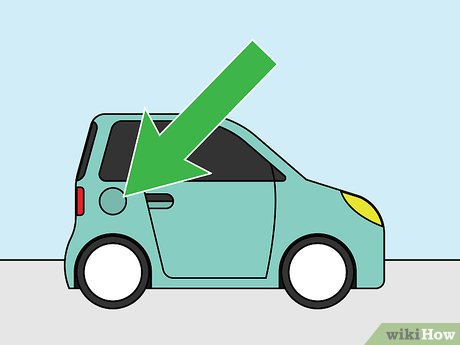
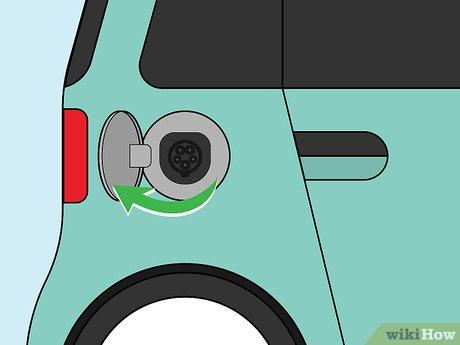
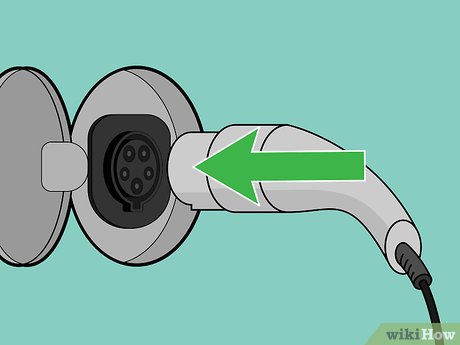
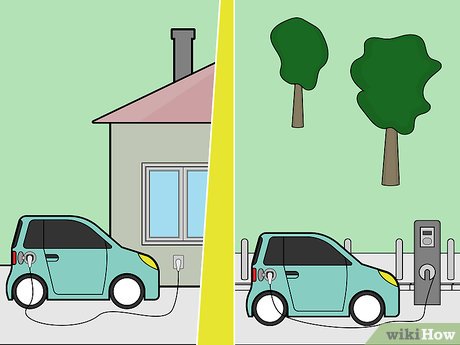
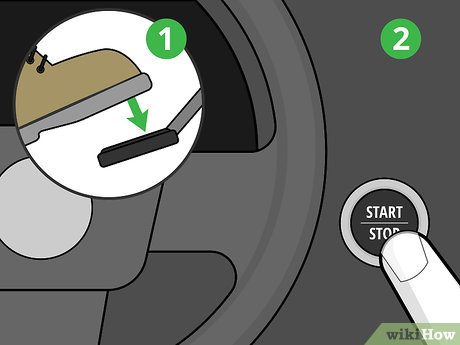
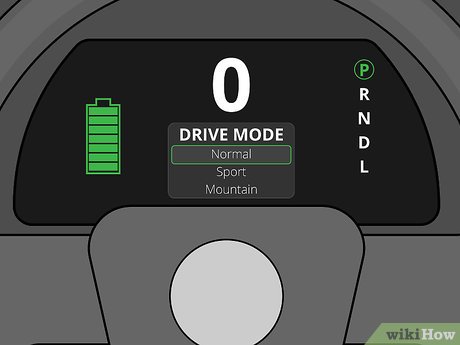
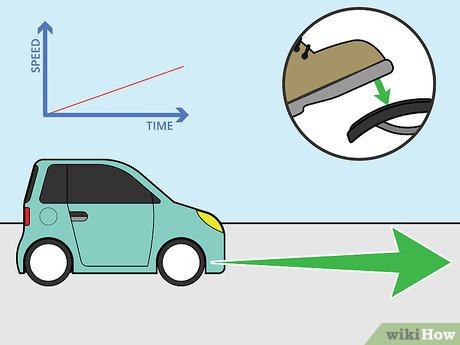
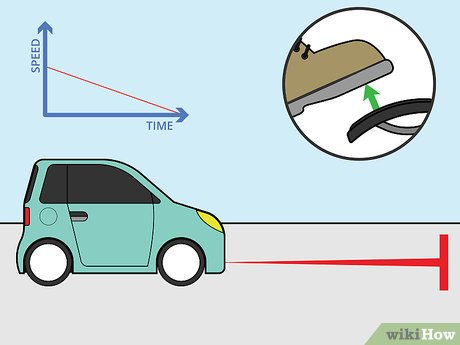
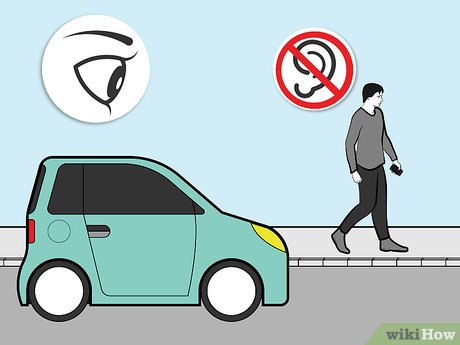
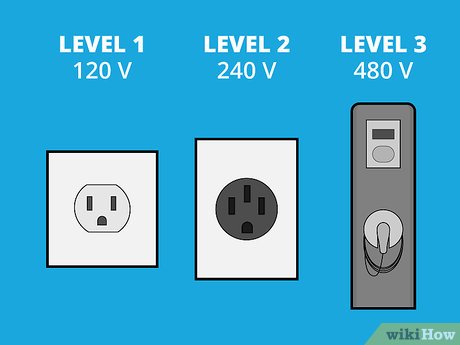
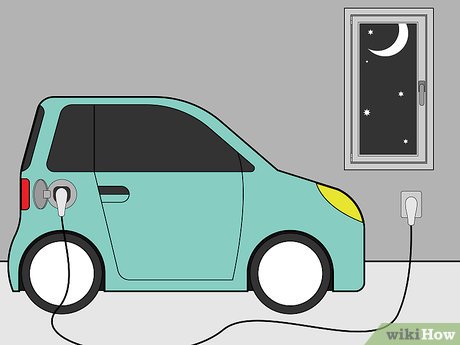
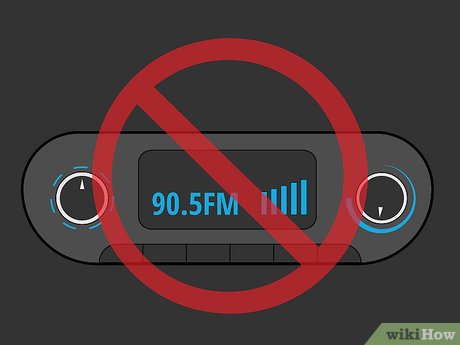











 How to Choose a Nickname for Your Car
How to Choose a Nickname for Your Car How to Dry a Car
How to Dry a Car How to Talk Cars
How to Talk Cars How to Pass a Smog Test
How to Pass a Smog Test How to Paint an Engine Bay
How to Paint an Engine Bay How to Learn About Cars
How to Learn About Cars